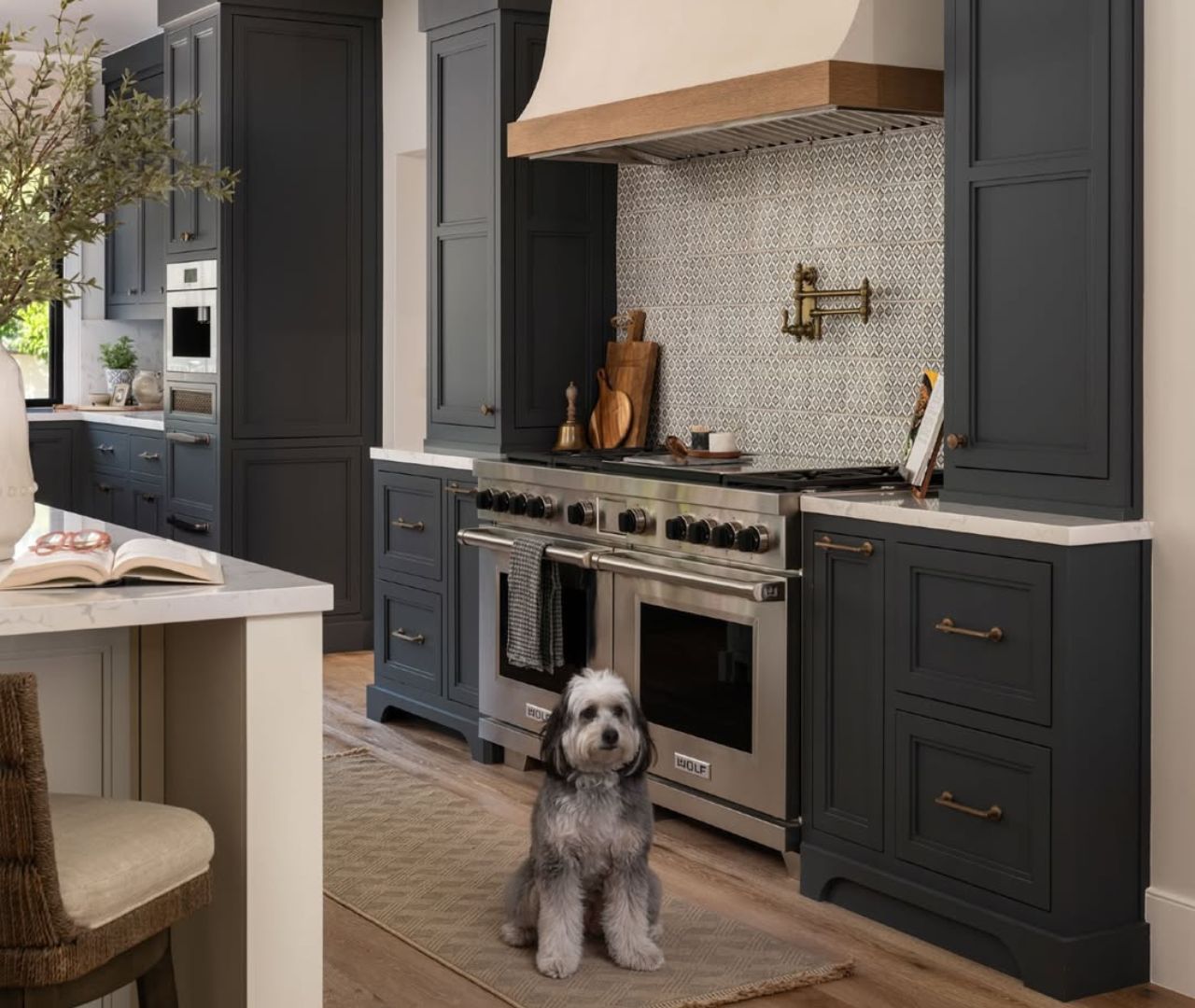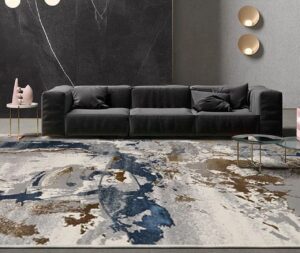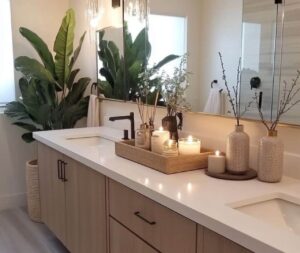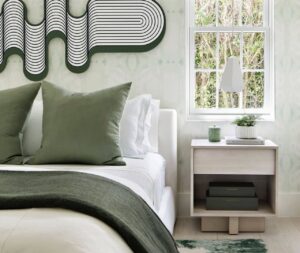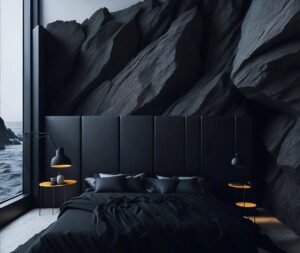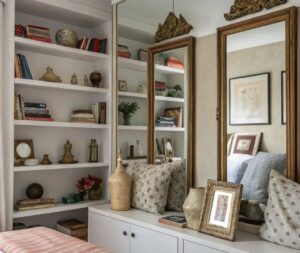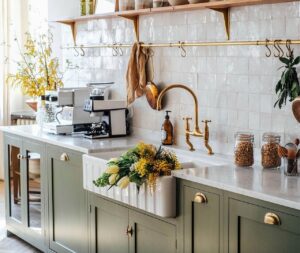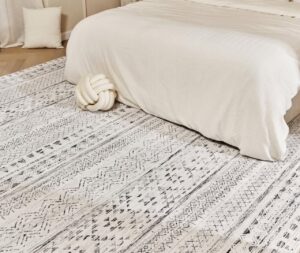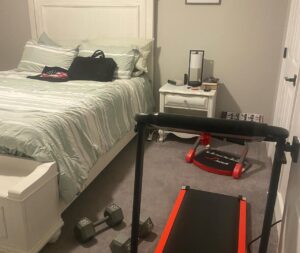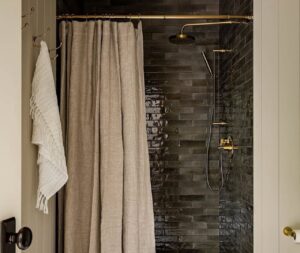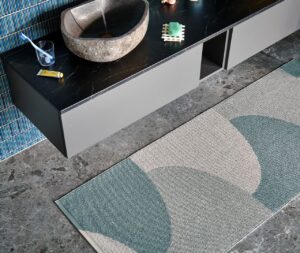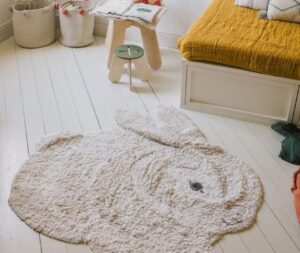Ever dreamed of walking into your kitchen and feeling like you’ve been transported straight to a rustic villa in Seville? Yeah, me too. The only thing missing is a glass of sangria in hand (and maybe a Spanish guitarist casually strumming in the corner, but let’s not get greedy).
Spanish-style kitchens have this magical way of combining warmth, drama, and everyday practicality. They’re bold without being flashy, rustic without feeling run-down, and they make you want to cook — even if you’re more of a “takeout three nights a week” kind of person (no judgment, FYI).
But here’s the thing: Spanish kitchens aren’t just about copying Pinterest boards. If you want your space to look like it belongs in a real home — not some soulless showroom — you’ve got to know which elements to actually use and how to blend them. Lucky for you, I’ve pulled together 12 actionable ideas based on real Spanish-style kitchens that actually work.
Ready to channel your inner Mediterranean chef? Let’s dive in.
1. Terracotta + Talavera = The Dream Combo
If Spanish kitchens had a “starter pack,” it would definitely include terracotta tiles and Talavera patterns. Terracotta gives you that earthy, sunbaked warmth, while Talavera tiles bring in color and pattern like no other. Together? Absolute magic.
Picture this: warm terracotta tiles underfoot, vibrant blue-and-white Talavera tiles running along your counters and backsplash, and a rustic wooden island anchoring the whole space. That combo screams authentic Spanish charm.
Here’s how to make it work in your own kitchen:
- Floors: Lay classic terracotta tiles. Bonus points if you go for slightly uneven or handmade ones — perfection isn’t the goal here.
- Backsplash or Counters: Add Talavera tiles in blues, greens, or yellows. They instantly brighten the space.
- Furniture Touch: A rustic wooden island or trim keeps the look grounded so it doesn’t feel too busy.
And a quick tip from experience: seal your terracotta tiles. Otherwise, one glass of red wine spill, and you’ll be crying harder than a telenovela star in the finale.
2. Keep It Rustic but Modern
Not a fan of going full “Spanish villa from the 1800s”? No worries. You can tone it down while still keeping the soul of Spanish design. The trick is to mix rustic elements with a touch of modern subtlety.
Think: dark wood island, patterned tile backsplash, plaster range hood, and ceiling beams. Nothing over-the-top, but every piece whispers “Spain.”
Why this works so well:
- The dark wood island provides warmth without overwhelming the room.
- A plaster range hood adds texture and feels handmade — very Spanish.
- Patterned tiles (even in a subdued palette) give you character.
- And those beams? They instantly transform a bland kitchen into something special.
IMO, this approach is perfect if you’re trying to sell your partner on a Spanish-style redo without scaring them with too much color. It’s like saying, “See? It’s classy and timeless… not just me wanting to live in a hacienda fantasy.” 🙂
3. Cement Tile Floors That Pop
Let’s talk about encaustic cement tiles. These patterned beauties bring the drama right under your feet, and honestly, who doesn’t want a floor that makes you say “wow” every time you walk in?
In one kitchen, the patterned cement tile floor pairs beautifully with a dark rustic wood island and exposed beams. It’s like Spanish design fundamentals met a trendy update and decided to get along.
Here’s why you should consider it:
- Instant personality: Unlike plain floors, patterned cement tiles create a focal point.
- Durability: They can take a beating, which is handy if your kitchen doubles as a dance floor (don’t deny it).
- Style variety: From intricate Moorish-inspired motifs to bold geometrics, you can match your vibe.
Pro tip: If you’re worried about the floor feeling “too much,” keep your cabinetry simple. Natural woods or neutral tones let the tiles do the talking without the whole space feeling loud.
Ever wondered why Spanish kitchens always look alive and full of character? Floors like these are a big reason.
4. Make Arches Work for You
Arches are like the secret sauce of Spanish design. They soften harsh lines, add architectural interest, and make your kitchen feel like it belongs in an old-world home — even if your house was built last year.
One gorgeous kitchen features arched wood cabinetry with dark iron hardware, terracotta-colored base cabinets, and a sneak peek of Moorish tiles in an alcove. The result? A space that feels warm, stylish, and packed with character.
How you can get the look:
- Cabinetry: Swap flat cabinet doors for arched ones, even if just a few.
- Color: Try terracotta paint or stain for a subtle nod to tradition.
- Tile Accents: Don’t overdo Moorish patterns. A small alcove or backsplash is enough to make it pop.
And IMO, the dark iron hardware is non-negotiable. Without it, arched wood cabinetry feels a little “storybook cottage.” With it? Total Spanish flair.
5. Go Bold with Backsplash Drama
If you’re going to pick one spot to make a statement, let it be your backsplash. Spanish kitchens love a good Moorish-style archway backsplash, and honestly, it’s a move worth stealing.
Picture this: a cobblestone-style terracotta floor grounding the room, a dramatic tile archway backsplash framing the range, and a wrought iron light fixture tying it all together. It’s bold but cohesive — and definitely not boring.
Why it works:
- The arch shape draws the eye, even more than just patterned tiles.
- Cobblestone-style floors give texture and old-world charm.
- Wrought iron lighting adds drama and authenticity.
If you’re nervous about going “too bold,” remember: the backsplash is like the kitchen’s jewelry. You can go big without committing your whole space. Worst case, you swap out tiles in 10 years. Best case? You’ll never want to leave your stove. 😉
6. Add Color with Red & Terracotta Accents
Spanish kitchens don’t shy away from color — and if you’re brave enough, you shouldn’t either. Want proof? One design shows off herringbone terracotta floors, a bold red tiled archway, and those iconic dark wooden beams overhead.
It’s the kind of kitchen that says, “Yes, I cook… but also, I know how to make a space unforgettable.”
Here’s how to bring in color without regret:
- Flooring: Stick to classic terracotta in herringbone for timelessness.
- Accent Walls/Arches: Go bold with red tiles, but keep it localized. (An entire red kitchen? Too much. A red archway? Chef’s kiss.)
- Ceiling Beams: They keep the color grounded and add structure.
IMO, this is the ultimate way to test your “design bravery.” Because once you’ve got a red arch in your kitchen, no one’s ever calling your space bland again.
7. Mix Natural Light with Rustic Materials
You know what makes Spanish kitchens sing? Light + texture. One design nails it with a large arched window letting in natural sunshine, rustic wood cabinetry, and a blue-and-white Talavera backsplash. The combo feels both fresh and timeless.
How to pull it off:
- Arched windows (or arched trim) give that Mediterranean openness.
- Rustic cabinetry in natural wood keeps things grounded.
- Talavera tiles add brightness and playful detail.
Ever notice how some kitchens feel cold even when they’re beautiful? Natural light + rustic materials is your antidote. It’s like giving your kitchen an instant “welcome home” hug.
8. Let Dark Wood Take Center Stage
Dark wood isn’t for the faint of heart. But when done right, it looks rich, moody, and 100% Spanish. One stunning kitchen features heavy wood cabinetry and island, star-patterned terracotta floor tiles, a Moorish-style backsplash, and a wrought iron light fixture overhead.
Here’s why it works:
- The dark wood sets a bold foundation.
- Star-patterned terracotta tiles keep it from feeling too heavy.
- Patterned backsplash breaks up the monotony.
- Wrought iron lighting adds texture and character.
IMO, if your space gets good natural light, dark wood is worth the risk. Just balance it with lighter tiles or walls so it doesn’t feel like a medieval dungeon. Unless that’s your vibe — in which case, respect. 😉
9. Keep It Modern with Chevron & Plaster
Not every Spanish-style kitchen has to feel historic. You can give it a modern twist while staying true to the essentials. Example: terracotta chevron floor, plaster range hood, and a cased archway.
Why it works:
- Chevron pattern modernizes terracotta.
- Plaster hood adds warmth without being fussy.
- Cased archway ties it back to tradition.
If you’re renovating and want your kitchen to look current but not sterile, this combo is gold. It whispers “Spanish inspiration” instead of screaming it, which, IMO, is the sweet spot for many modern homes.
10. Mix Subtle Spanish Details
Sometimes, less is more — even in a style as bold as Spanish. One kitchen keeps it understated with a Moorish-style backsplash, a plaster hood, and a wooden mantel built right into the hood.
Here’s why this matters:
- The backsplash provides a hit of pattern.
- The plaster hood keeps things soft and elegant.
- The wood mantel grounds the look in rustic tradition.
This is a great example for anyone dipping their toes into Spanish style. You don’t have to redo your whole kitchen — just add a few key details, and suddenly your space has character and depth.
11. Celebrate Arches & Beams
If I had to name the MVPs of Spanish design, it would be a tie between arches and beams. Together, they create that unmistakable mix of rustic structure and old-world charm.
One real-life kitchen shows off arched doorways and windows, exposed ceiling beams, and natural wood cabinetry. The result? A space that feels simple, functional, and still undeniably Spanish.
How to make it work:
- Arched doorways/windows: If you can’t remodel, fake it with arched trim or cabinet fronts.
- Exposed beams: Real or faux, they’re a must for texture and drama.
- Simple cabinetry: Natural wood finishes tie everything together without stealing the spotlight.
Ever wondered why Spanish-style kitchens look timeless instead of trendy? It’s because arches and beams have literally been around for centuries. Hard to argue with that track record.
12. Don’t Forget the Outdoor Kitchen
Spanish style isn’t limited to the indoors — and honestly, why should it be? One outdoor setup brings together stucco walls, arched openings, patterned floor tiles, rustic beams, and bold teal accents. It’s like a mini Spanish courtyard, perfect for cooking and entertaining.
Why it’s genius:
- Stucco + arches instantly create Mediterranean vibes.
- Patterned tiles give the floor personality.
- Rustic beams tie it back to classic Spanish architecture.
- Colorful accents (greens, teals, even blues) bring it to life.
IMO, if you’ve got outdoor space, turning it into a Spanish-style kitchen is basically cheating — you get the look and an excuse to host paella nights all summer. 🍷🔥
Conclusion
So, what did we learn? Spanish-style kitchens aren’t about perfection or following one rigid formula. They’re about warmth, texture, and personality. Terracotta floors, bold tiles, rustic wood, arches, plaster hoods, wrought iron, beams — you don’t need all of them at once, but the more you layer, the more authentic your space feels.
The best part? You can start small. Swap your backsplash for Talavera tiles, add a wrought iron chandelier, or even just bring in a rustic wooden island. Or, if you’re ready for the full hacienda treatment, go all in with terracotta floors and arched doorways.
Either way, you’ll end up with a kitchen that feels lived-in, loved, and ready for long conversations over tapas. And hey — FYI, sangria makes the whole renovation process way more fun 😉.

